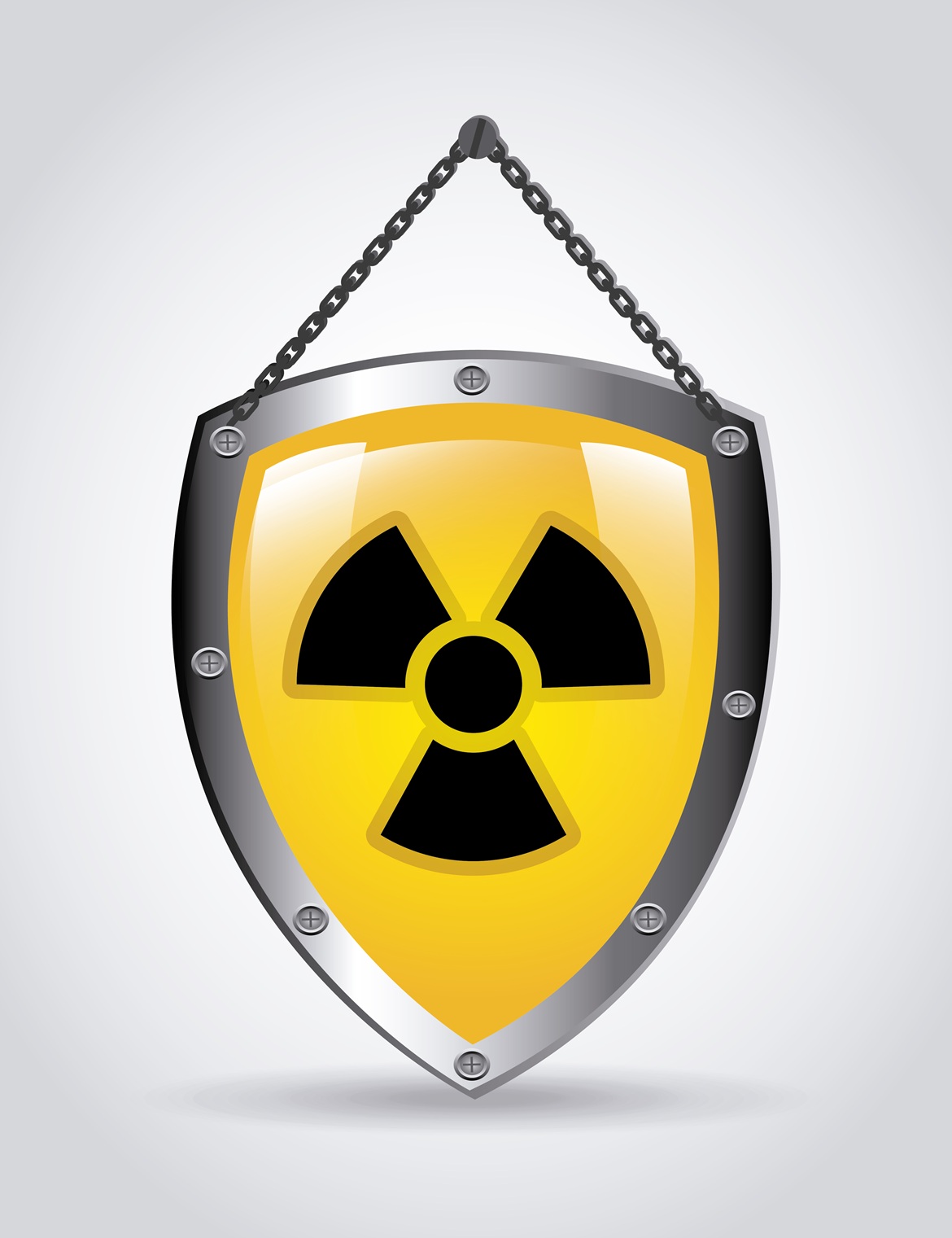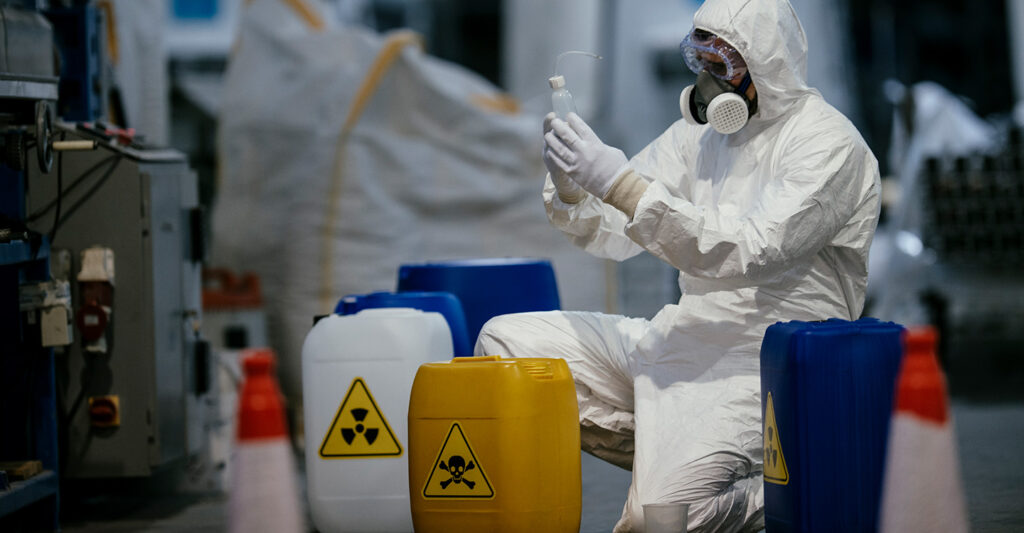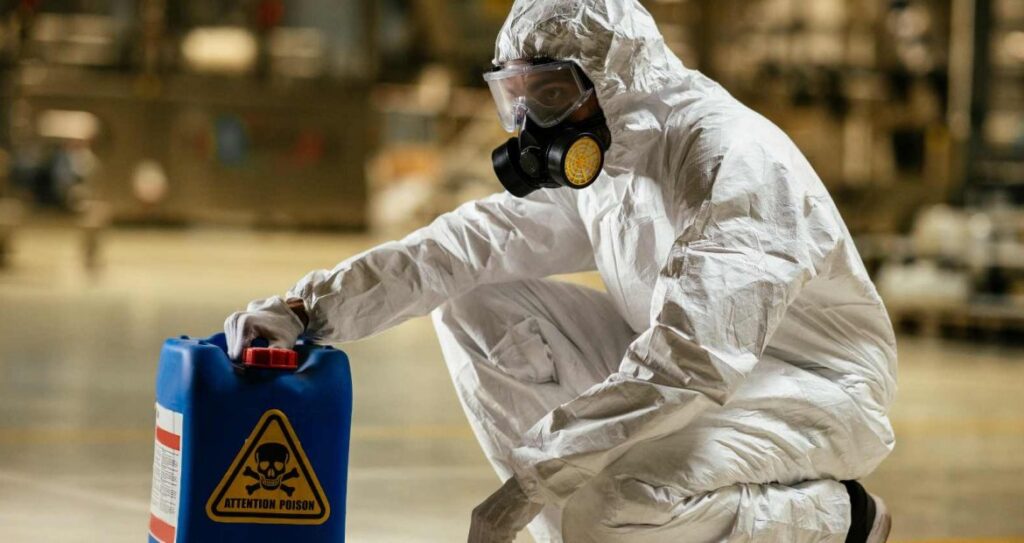Radiation shielding refers to the use of specific materials to block or reduce harmful ionizing radiation.
It protects people and the environment from exposure that can damage tissues or increase cancer risk. It is commonly used in hospitals, research labs, nuclear plants, and industrial settings.
But even with the right intention, many shielding setups fail. And it is usually because of five avoidable mistakes.
So, here is what you should watch out for.
1. Not Knowing the Type of Radiation
Different radiation types need different shielding. For example – X-rays can be blocked by lead but neutron radiation cannot. Neutrons require materials like borated polyethylene or concrete. Using the wrong type means the radiation goes right through. So, make sure you always identify the radiation source before choosing the material.
2. Choosing the Wrong Shielding Thickness
Thickness is just as important as material. A thin layer of lead won’t block high-energy gamma rays because every radioactive shielding material has a required thickness to reduce exposure to safe levels. That’s why, you should always use verified shielding data and consult industry charts or experts.
3. Ignoring Long-term Wear and Damage
Radiation shields wear out with use. But surface damage is not always visible. A 2021 study found that 54.5% of lead aprons that looked fine during visual checks were actually damaged when tested with fluoroscopy. So visual inspection alone is not enough. Use imaging tests regularly to check for internal cracks or thinning. It is the only way to know if your shielding still works.
4. Not Checking Installation Quality
Even the best material fails if the installation is done poorly. Gaps, overlaps, or weak joins allow radiation to escape. And this is the main reason why shielding must be sealed correctly at edges and corners. You also need proper support so panels don’t shift or bend over time.
5. Not Involving Radiation Safety Experts
This is the biggest mistake businesses make. Radiation shielding requires technical design because factors like source strength, exposure time, wall layout, and nearby rooms all matter. Experts use dose calculations to design shielding that fits your exact use case. DIY or guesswork can result in unsafe conditions.
Need Help with Proper Shielding?
INRAD offers complete Radioactive Shielding Solutions for medical, industrial, and nuclear environments – including custom designs and expert installation.



